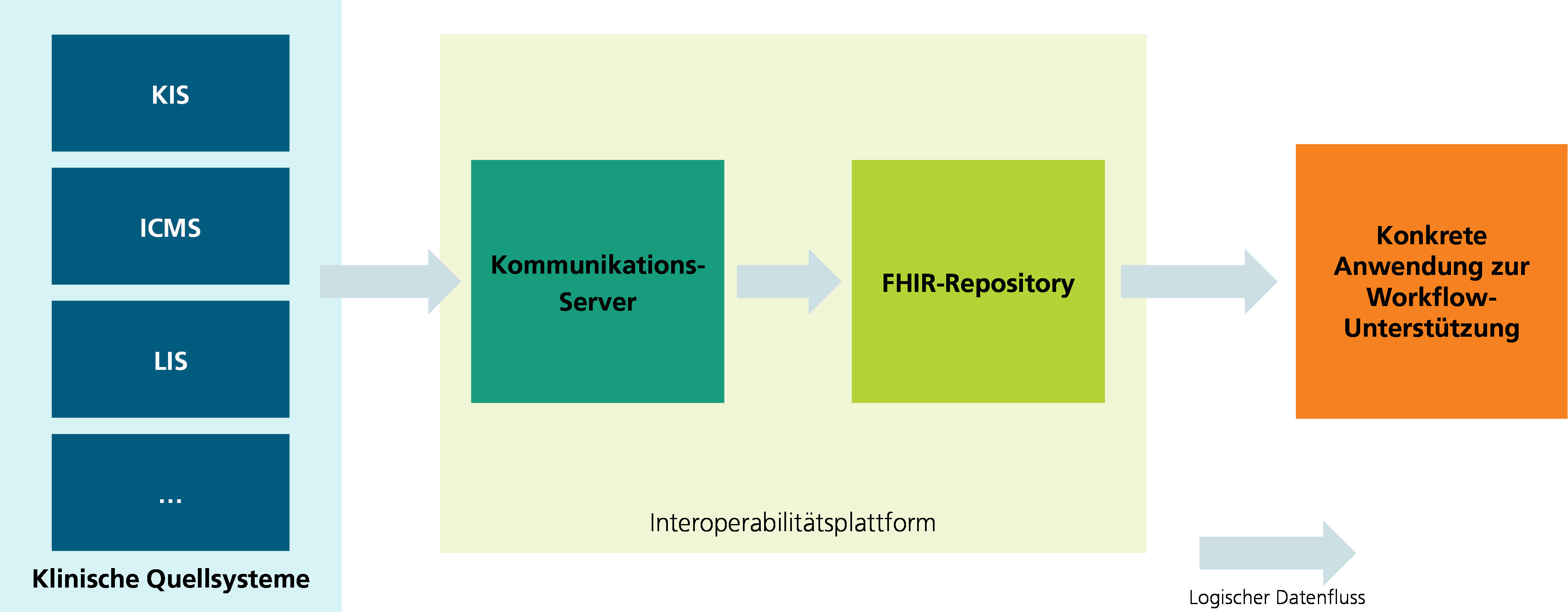Staff shortages, high workloads and a large amount of documentation are a burden on everyday clinical practice and clinical workflows. To make matters worse, there are media discontinuities between the systems used in many places. These media disruptions cause friction losses in clinical processes and lead to a poorer or delayed information situation with regard to patients. This has an impact on efficiency, can affect the quality of treatment and, in exceptional cases, can also have an effect on patient safety.
Patient well-being and employee well-being should be at the heart of clinical processes. Accordingly, clinical workflows should also be based on integrative, relevant and non-delayed data flows, designed appropriately and provide optimal support for people. This is the goal of our range of services.

